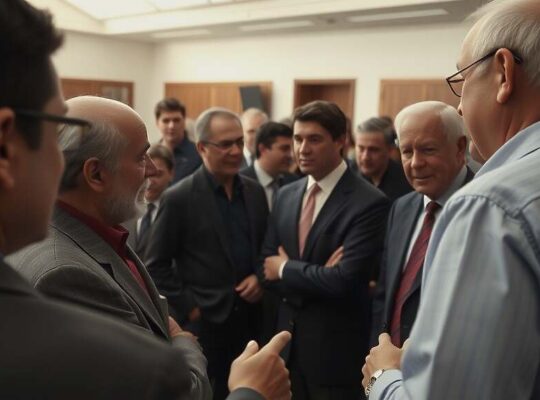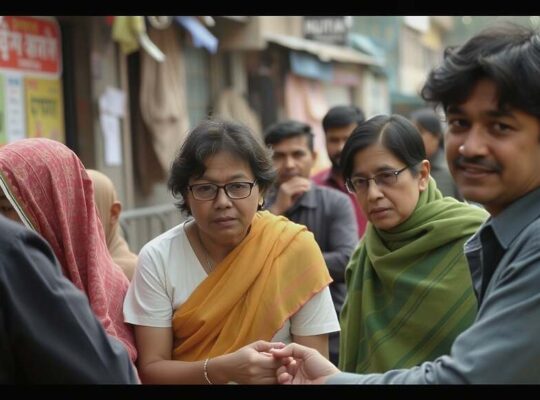The newly established Federal Ministry for Digital Affairs and State Modernization, spearheaded by CDU Minister Karsten Wildberger, is facing growing scrutiny over its impact and effectiveness. Despite the fanfare surrounding its creation as part of the German “black-red” coalition government, critics allege the ministry is largely replicating existing functions rather than driving genuine innovation in digital policy.
Wildberger, in a recent interview with “Capital” magazine, attempted to deflect these criticisms using an analogy to football, suggesting a change in leadership is analogous to altering a team’s strategy and resulting in renewed success. He defended his approach, emphasizing the importance of restructuring existing teams rather than wholesale personnel changes.
However, this analogy has failed to quell concerns. While the ministry unveiled a modernization agenda in October, a six-month assessment reveals a dearth of concrete results beyond that initial announcement. Bernd Schlömer, Digital State Secretary of Saxony-Anhalt, expressed a desire for the ministry’s success but lamented a lack of “dynamism and agility” further reinforcing the perception that the new structure is yet to deliver.
A particularly contentious aspect of Wildberger’s leadership centers on his perceived level of intervention in departmental projects, notably those involving the development of planned administrative applications. He explicitly stated to “Capital” that ministers must be “closely involved” and demonstrate interest in the solutions developed by their staff, even if it means scrutinizing the specifics. While acknowledging that a minister doesn’t need to grasp every detail, Wildberger stressed the necessity of understanding the intricacies to affect meaningful change.
This hands-on approach, while ostensibly aimed at driving progress, has raised questions about the potential for bureaucratic bottlenecks and stifled initiative among civil servants. Some observers suggest that while departmental integration promised efficiencies, the outcome has instead resulted in a complex web of responsibilities and a perceived centralization of power within the Ministry, potentially hindering the very dynamism it seeks to cultivate. The ministry now faces a critical juncture: either demonstrate tangible progress and reshape perceptions, or risk becoming a bureaucratic echo of its predecessors.












